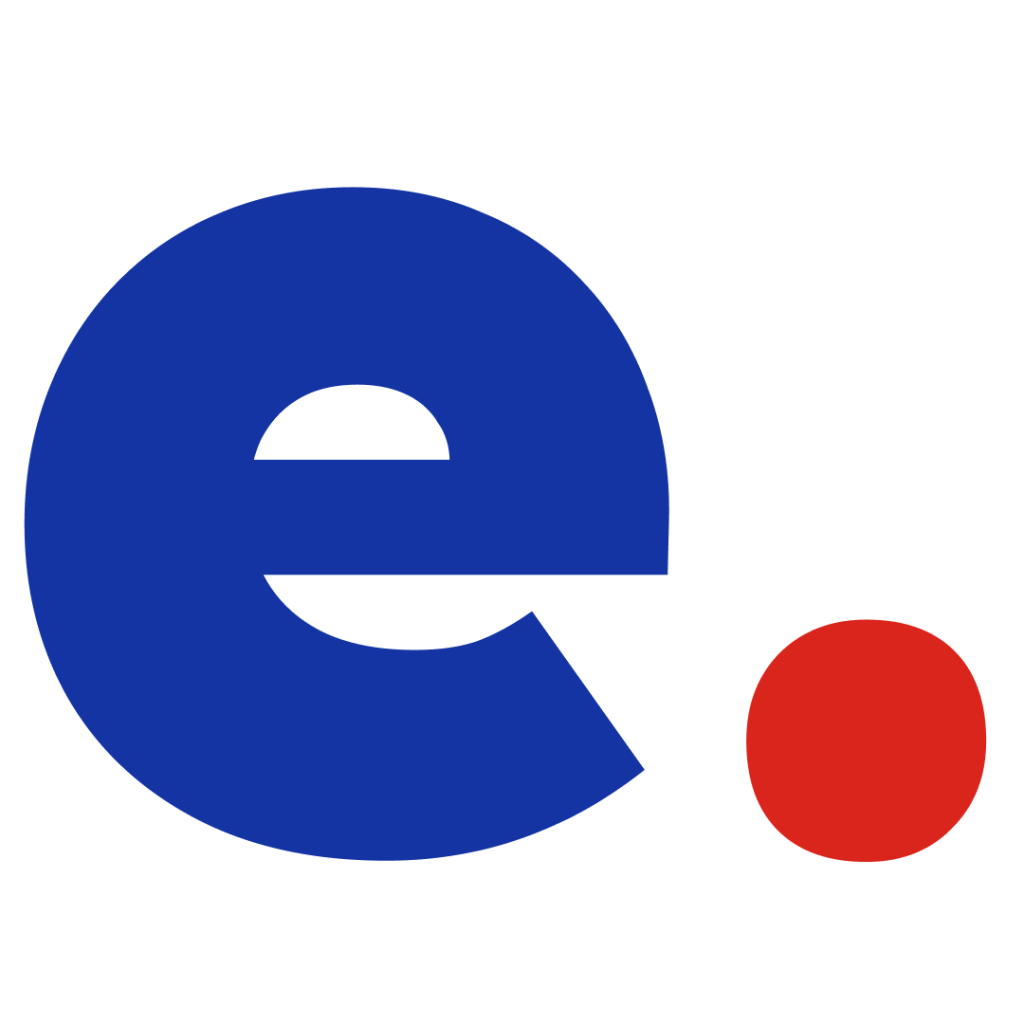A freelancer dashboard is a centralized hub that provides freelancers with all the tools, insights, and data they need to manage their work efficiently. Whether freelancers are handling multiple clients, tracking invoices, or staying on top of deadlines, a well-designed dashboard streamlines their workflow. In an increasingly digital and remote workforce, an intuitive dashboard can be a game-changer for productivity and organization. Here’s an in-depth look at the key components of a freelancer dashboard and its importance.
Why is a Freelancer Dashboard Important?
For freelancers, time is money, and managing multiple tasks manually can be time-consuming and error-prone. A dashboard simplifies this by offering a single platform to:
- Centralize Information: Keep all project details, deadlines, and client communications in one place.
- Improve Productivity: Eliminate the need to switch between multiple tools and platforms.
- Enhance Professionalism: Provide clients with timely updates and accurate invoices.
- Track Financials: Monitor income, expenses, and profitability.
An effective dashboard not only improves day-to-day operations but also helps freelancers build stronger relationships with their clients.
Key Features of a Freelancer Dashboard
- Project Management Tools
- Task Tracking: A visual task board, such as Kanban or Gantt charts, helps freelancers organize tasks by priority and deadline.
- Progress Indicators: Show the percentage of completion for each project.
- Client Collaboration: Features like shared to-do lists or real-time file sharing allow seamless collaboration with clients.
- Time Tracking
- Automated Timers: Freelancers can track the time spent on tasks to ensure accurate billing.
- Detailed Reports: Summarize time logs by project or client, making invoicing easier.
- Invoicing and Payment Management
- Custom Invoices: Generate professional invoices that reflect your brand.
- Payment Tracking: Monitor which invoices have been paid and which are overdue.
- Integrated Payment Gateways: Accept payments directly through platforms like PayPal, Stripe, or bank transfers.
- Financial Analytics
- Income Tracking: View monthly, quarterly, or yearly earnings at a glance.
- Expense Management: Record business-related expenses to calculate net income and prepare for taxes.
- Profitability Analysis: Identify which clients or projects are the most profitable.
- Client Management Tools
- Contact Database: Store client details, including contact information, contracts, and past interactions.
- Communication History: Keep a record of emails, messages, and feedback in one place.
- Feedback and Ratings: Track client reviews or ratings for future reference.
- Document and File Management
- Cloud Storage Integration: Connect with platforms like Google Drive or Dropbox to store and access project files.
- Version Control: Maintain a history of file changes to avoid confusion.
- Calendar and Deadline Management
- Integrated Calendar: Sync with tools like Google Calendar or Outlook to manage deadlines and appointments.
- Reminders and Notifications: Get alerts for upcoming due dates or meetings.
- Marketplace Integration
- Job Listings: Some dashboards integrate with freelancing marketplaces, allowing users to browse and apply for gigs directly.
- Proposal Templates: Save time by using pre-designed templates for pitching new projects.
How to Choose the Right Freelancer Dashboard
Not all dashboards are created equal, and choosing the right one depends on your specific needs. Consider the following factors:
- Ease of Use: Opt for a dashboard with an intuitive interface to minimize the learning curve.
- Customization: Look for tools that allow you to tailor features to your workflow.
- Integration: Ensure compatibility with tools you already use, such as accounting software or project management apps.
- Scalability: Choose a dashboard that can grow with your business, offering advanced features as your workload increases.
- Cost: Evaluate whether the pricing model aligns with your budget and expected returns.
Popular Freelancer Dashboard Tools
Here are some widely used platforms offering freelancer dashboard functionalities:
- Trello: A versatile tool for task and project management.
- Asana: Combines task tracking with team collaboration features.
- FreshBooks: Focuses on invoicing, expense tracking, and time management.
- HoneyBook: A comprehensive client management and invoicing platform.
- Paymo: Offers an all-in-one solution for project management, time tracking, and billing.
Conclusion
A freelancer dashboard is more than just a productivity tool, it’s an essential asset for managing the complexities of freelancing. By centralizing critical functions such as project management, invoicing, and client communication, a dashboard helps freelancers focus on what they do best: delivering exceptional work. Whether you’re a seasoned freelancer or new to the industry, investing in the right dashboard can significantly enhance your efficiency, professionalism, and overall success.

